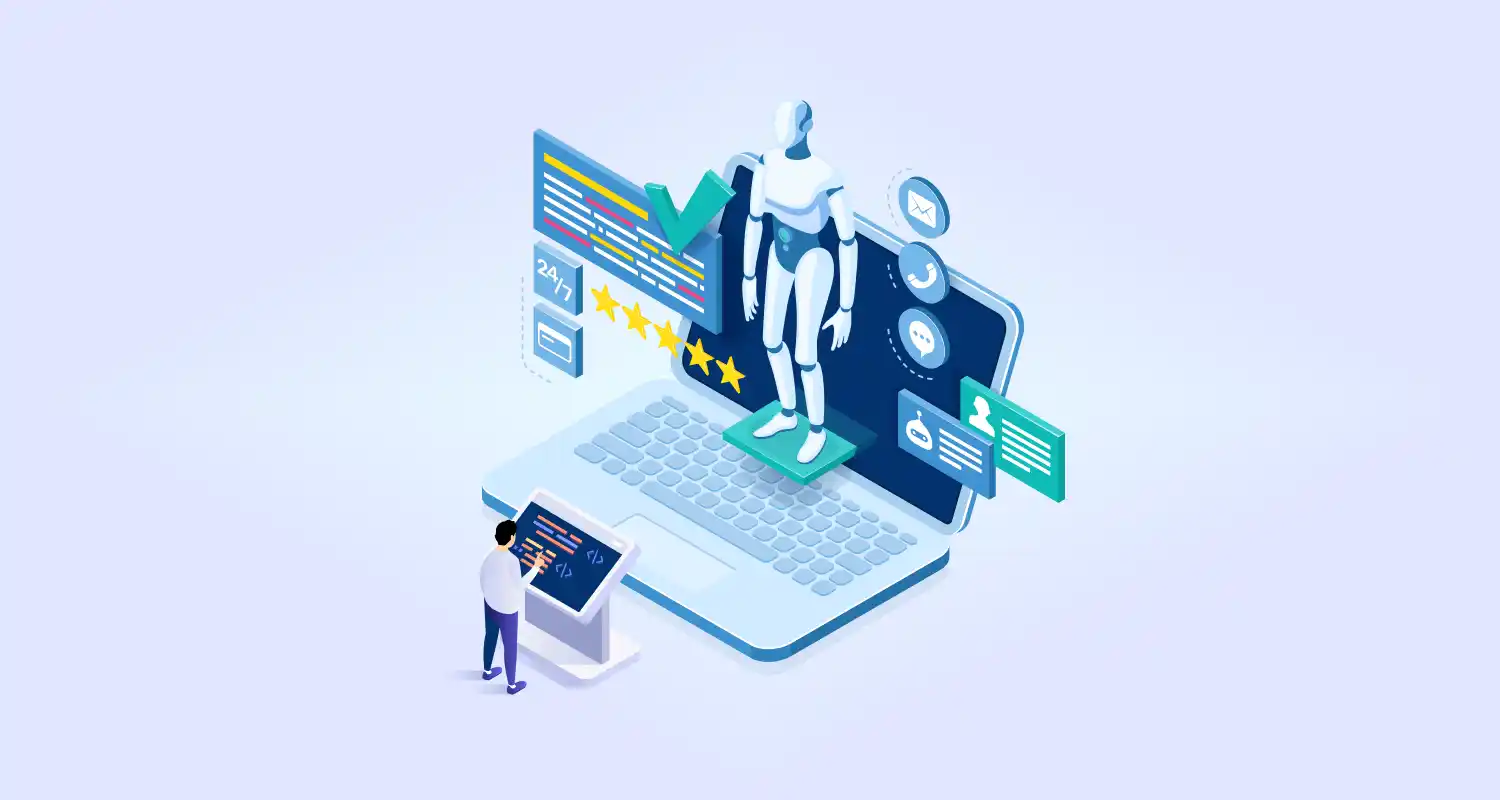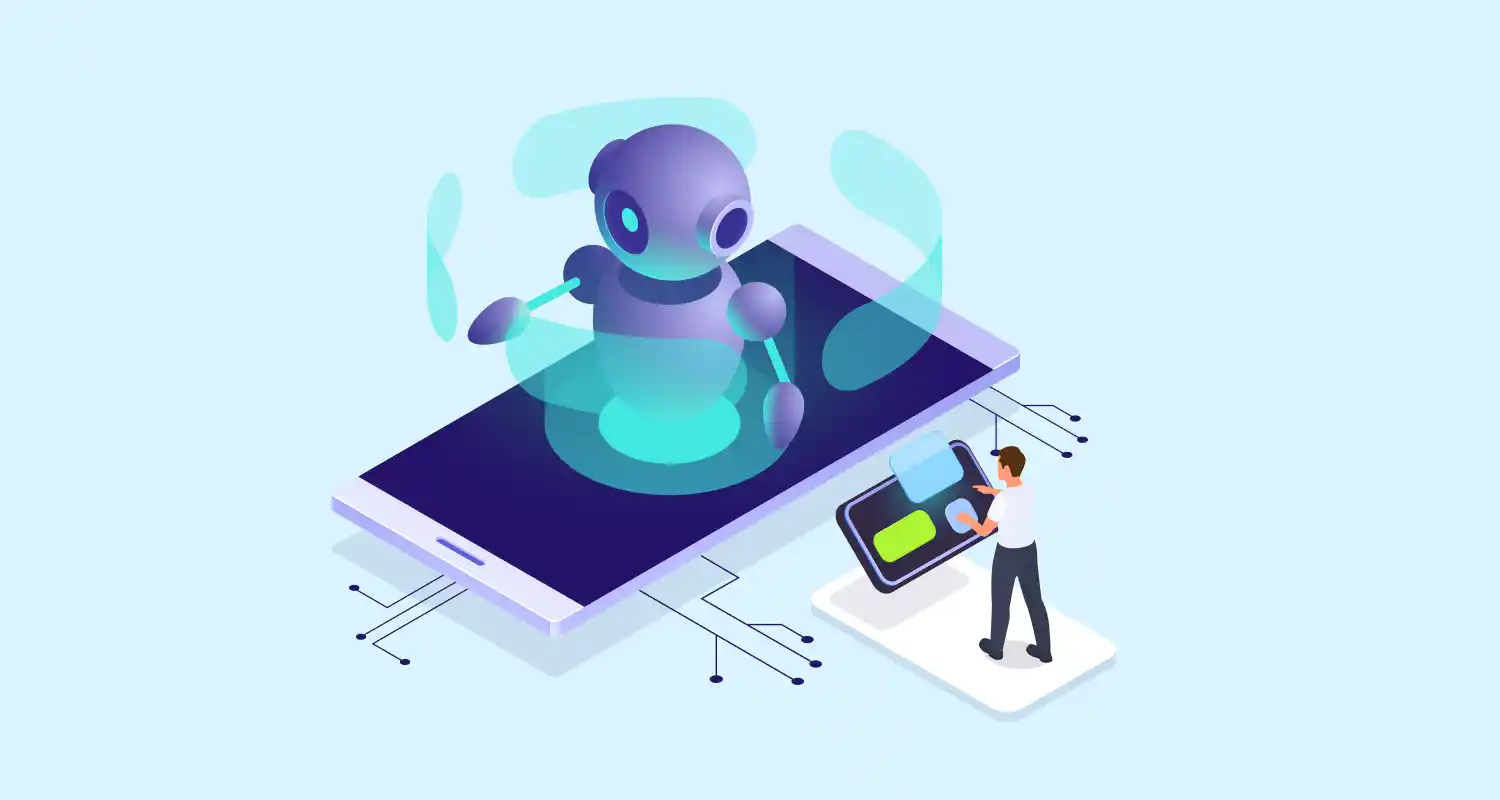In the wake of data-driven decisions, AI systems depend on customer data for training and improving their models. It is important for such systems to maintain the user’s privacy and trust, and follow compliance regulations like GDPR.
What is GDPR?
GDPR is a European Union law designed to protect individuals’ personal data. It gives users rights over their data and mandates businesses to use that data responsibly.
Key GDPR Principles Relevant to AI:
- Lawful Basis for Processing: You must have user consent or a legitimate reason to use their data.
- Data Minimization: Only collect what’s necessary.
- Purpose Limitation: Use data only for the purpose it was collected.
- Right to be Forgotten: Users can request data deletion.
- Transparency: Users must know how their data is used.
How to Train AI Models Without Violating GDPR?
Best Practices for Privacy-Compliant AI Training:
| Step | Description |
| 1. Anonymization | Strip personally identifiable information (PII) from datasets |
| 2. Pseudonymization | Replace identifiers with pseudonyms (e.g., User123) |
| 3. Consent Management | Explicitly ask users to opt in to data collection |
| 4. Federated Learning | Train models on devices (or localized servers) without moving data |
| 5. Differential Privacy | Add statistical noise to protect individual records |
| 6. Data Access Logs | Track who accessed data and when |
| 7. Deletion Mechanism | Allow users to withdraw consent and delete their data from training sets |
How to Use Differential Privacy with TensorFlow
Here’s how to use TensorFlow Privacy to train a model with differential privacy:
import tensorflow as tf
from tensorflow.keras import layers
import tensorflow_privacy
# Load sample data
(x_train, y_train), _ = tf.keras.datasets.mnist.load_data()
x_train = x_train.reshape(-1, 784) / 255.0
# Convert labels to one-hot
y_train = tf.keras.utils.to_categorical(y_train, 10)
# Define model
model = tf.keras.Sequential([ layers.InputLayer(input_shape=(784,)), layers.Dense(128, activation='relu'), layers.Dense(10, activation='softmax')
])
# Use DP optimizer from TensorFlow Privacy
from tensorflow_privacy.privacy.optimizers.dp_optimizer_keras import DPKerasSGDOptimizer
optimizer = DPKerasSGDOptimizer( l2_norm_clip=1.0, noise_multiplier=1.1, num_microbatches=250, learning_rate=0.15
)
# Compile with DP optimizer
model.compile(optimizer=optimizer, loss='categorical_crossentropy', metrics=['accuracy'])
# Train model
model.fit(x_train, y_train, epochs=1, batch_size=250)What’s Happening:
- Differential privacy adds noise to gradients, so individual training examples can’t be reverse-engineered.
- Complies with GDPR’s data minimization and privacy-by-design principles.
Conclusion
Balancing AI innovation and privacy protection is both a legal and ethical obligation. Businesses can build ethical and safe AI systems by choosing the right AI software development service provider with proven experience in building compliant AI-ready solutions.
Key Takeaways:
- Don’t use customer’s sensitive data without consent.
- Use methods like differential privacy, federated learning, and anonymization.
- Be transparent with users and honor their rights to access, correct, or delete data.
With the right strategy, it’s entirely possible to train AI responsibly and remain fully compliant with global data protection laws.





